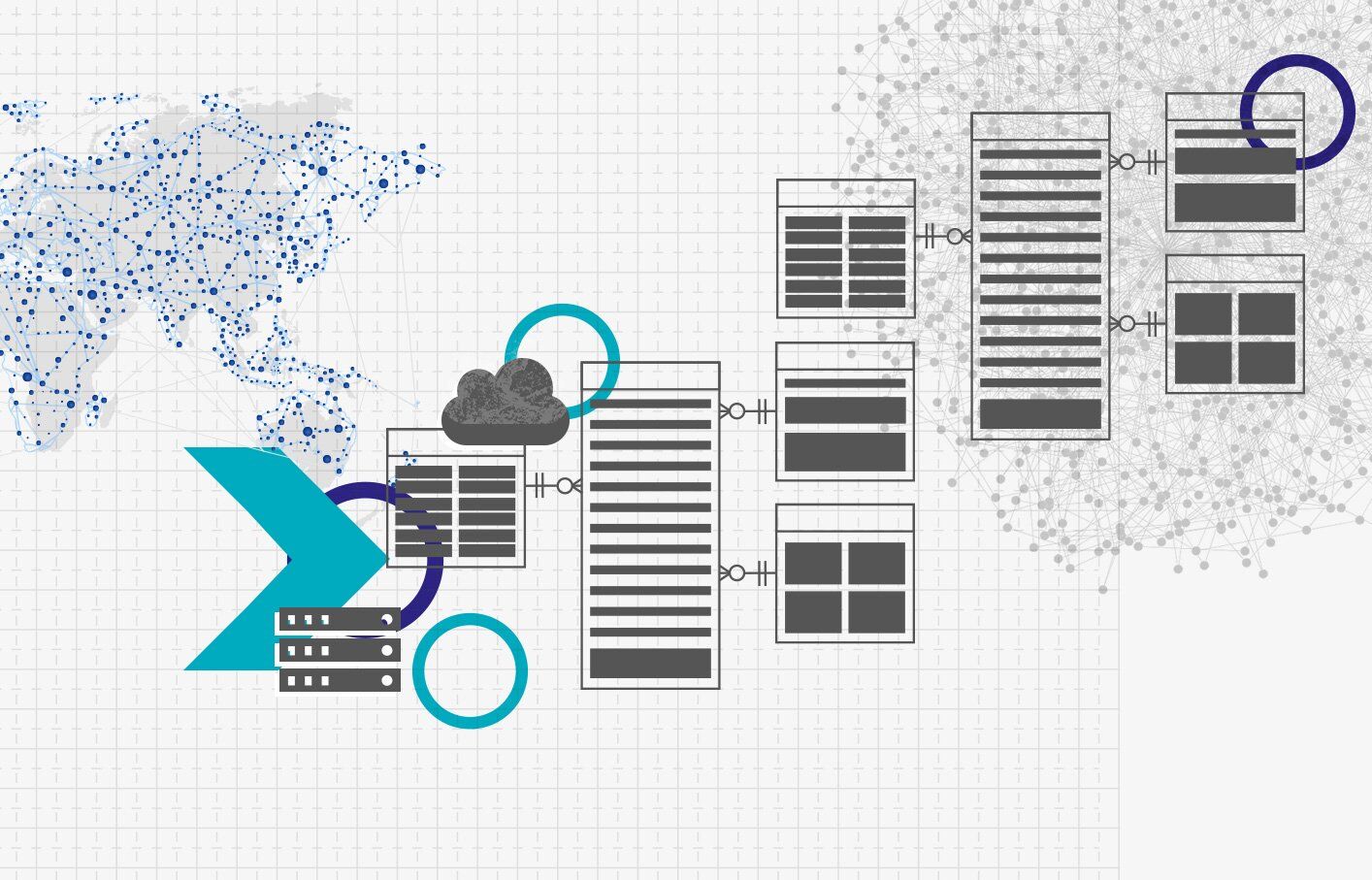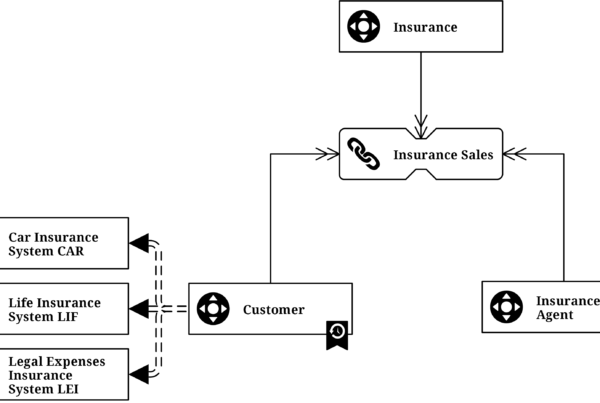In der Data Vault 2.0-Architektur werden Information Marts verwendet, um den Endbenutzern Informationen zu liefern.
Konzeptionell entspricht ein Information Mart der gleichen Definition wie ein Data Mart in Legacy data warehousing. In der alten data warehousing wird ein Data Mart jedoch dazu verwendet, nützliche Informationen zu liefern, nicht Rohdaten. Aus diesem Grund wurde der Data Mart in Data Vault 2.0 umbenannt, um den Anwendungsfall besser widerzuspiegeln.
“Classical” information marts
But the definition of information marts has more facets. In the book “Building a Scalable Data Warehouse with Data Vault 2.0” we present three types of marts:
- Information marts: used to deliver information to business users, typically via dashboards and reports.
- Metrics Mart: used in conjunction to a Metrics Vault, which captures EDW log data in a Data Vault model. The Metrics Mart is derived from the Metrics Vault to present the metrics in order to analyze performance bottlenecks or in resource consumption of power users and data scientists in managed self-service BI solutions.
- Error Mart: stores those records that typically fail a hard rule when loading the data into the enterprise data warehouse.
Additional information marts
In addition to these “classical” information marts, we use additional ones in our consulting practice:
- Interface Mart: this is more or less an information mart, however, the information is not delivered to a human being, e.g. via a dashboard or report. Instead, it is delivered to a subsequent application, or as a write-back, to the source system (for example when using the enterprise data warehouse for data cleansing).
- Quality Mart: the quality mart is again an information mart, but instead of cleansing bad data, it is used to report bad data. Essentially, it turns the business logic used to cleanse bad data upside down: only bad data, in addition to ugly data at times, is delivered to the end-user, the data steward. This is often done in conjunction with data cleansing frontends where the data steward can either correct source data or comment and tag the exceptions.
- Source Mart: again an information mart, but this time not using one of the popular schemas, such as star schemas, snowflake schemas or fully denormalized schemas. Instead, the information mart uses the data model of the source application, similar to an operational data store (ODS) schema. However, the Source Mart is not a copy of the data, it is a virtualized model on top of the Data Vault model, reflecting the original structures. It’s great for ad-hoc reporting and provides great value for many data scientists as well as power users.
This concludes our list of information marts. We have used them successfully in projects for our clients to better communicate the actual application of the information marts in their organization.
Lassen Sie es uns in den Kommentaren wissen, wenn Sie denken, dass dies auch für Sie hilfreich ist!
– Michael Olschimke (Scalefree)
Updates und Support erhalten
Bitte senden Sie Anfragen und Funktionswünsche an [email protected].
Für Anfragen zu Data Vault-Schulungen und Schulungen vor Ort wenden Sie sich bitte an [email protected] oder registrieren Sie sich unter www.scalefree.com.
Um die Erstellung von Visual Data Vault-Zeichnungen in Microsoft Visio zu unterstützen, wurde eine Schablone implementiert, die zum Zeichnen von Data Vault-Modellen verwendet werden kann. Die Schablone ist erhältlich bei www.visualdatavault.com.




